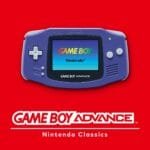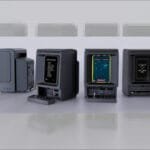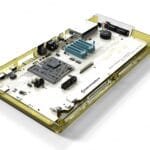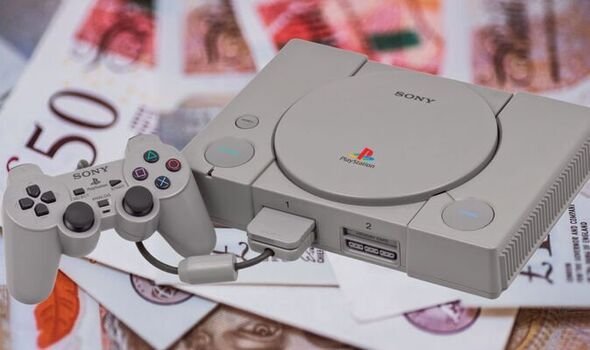Christian Cawley is a writer and editor who covers consumer electronics, IT, and entertainment media. He has written for publications such as Computer Weekly, Linux Format, MakeUseOf.com, and Tech Radar.
He also produces podcasts, has a cigar box guitar, and of course, loves retro gaming.
Released in Japan on December 3rd, 1994, and nine months later in the US and EU, the Sony PlayStation is hands-down one of the most important systems in the history of gaming.
The idea of owning a disc-based game console was alien to me in the mid-1990s. As far as I was concerned, consoles should use cartridges.
It’s the law.
Of course, laws are not immutable. The PlayStation, for example, was a console I had spent weeks playing Alien Trilogy on. For some reason, my sister’s boyfriend had left it in her bedroom, with just that game. As a fan of the series, it was tough to resist… and I was blown away.
I don’t know if that was the best game on the original PlayStation, but I do know I was impressed enough to know that the console was something special. Nearly 30 years later, it’s clear I was right.
Table of Contents
The Super Nintendo PlayStation
Back in 1994 (and for those of us outside Japan, 1995), the arrival of the PlayStation was a complete surprise. Sony was purely associated with music and video, audio/visual systems for the home, workplace, and big venues. There had been rumours of a Nintendo CD-ROM drive for the SNES, which crystallized at the 1991 CES, but with its cancellation and the end of Sony’s involvement, it had been all but forgotten.
As it turned out, Nintendo might have cancelled it, but Sony didn’t. Various wranglings lead to Sony being given permission to create SNES-compatible hardware, which provided a foothold in game development and licensing for the console it was secretly developing.
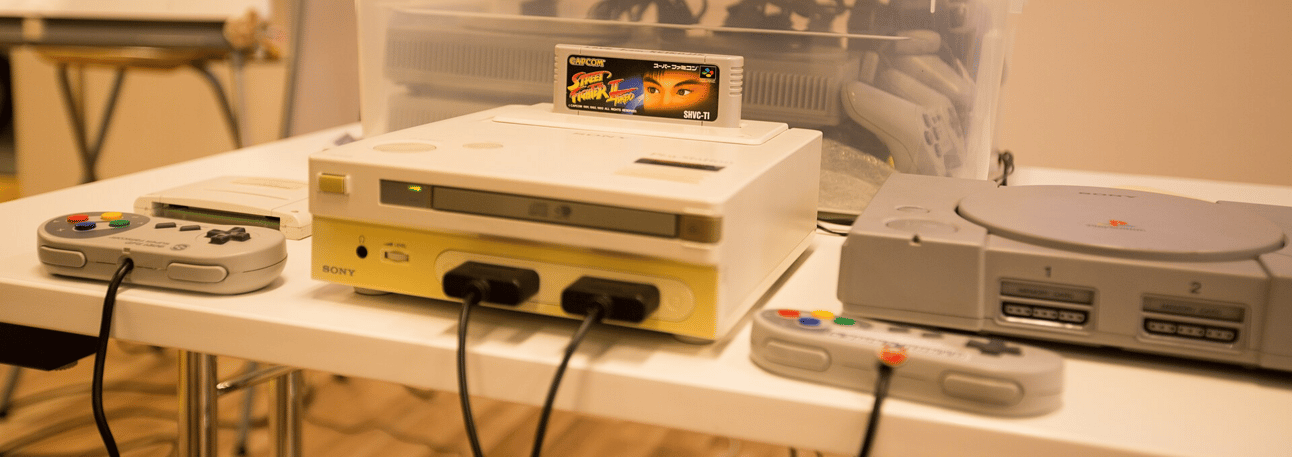
By 1994/5, no one was waiting for a Sony console. The world of gaming was ready to embrace the SEGA Saturn and Nintendo’s much-anticipated N64. And then the PlayStation appeared, and Sony basically knocked SEGA out of the game. Various promotional techniques were employed to present the PlayStation not simply as a console, but as a must-have entertainment system, much like a TV, video, satellite or cable box, or stereo system. Its ability to play audio CDs certainly helped, even if they were coming out of your TV’s speakers.
The PlayStation wasn’t just available to buy, either. For a period (roughly 1995-97) you could rent the console with one or two games from Blockbuster (there’s a nice account of such a rental on Eurogamer). If you wanted a good night of gaming and weren’t nerdy enough to own a PC and go to LAN parties, this was the answer.
I was working in Dixons (since bought up by Currys) over Christmas 1997. Even though the PlayStation had been out a while at this point, and the N64 had dropped over Easter, the Sony console was outselling the N64 at that branch by about 2:1. Of course, this is one account, and other shops stocked both systems (and the SEGA Saturn) for different prices, but you get the idea.
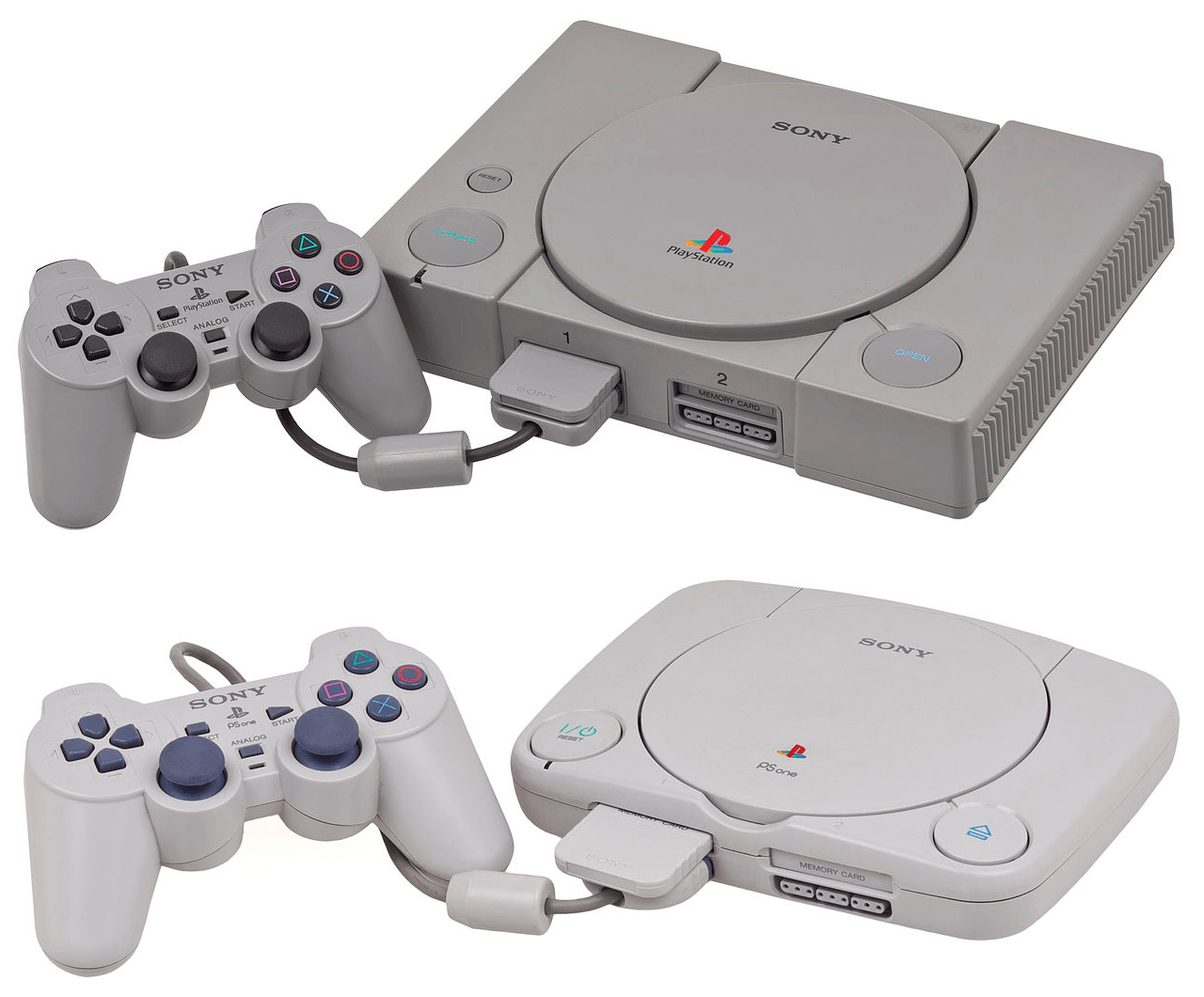
Games sold well, too. Of course, 1997 was the year of Tomb Raider, which undoubtedly sold a few million consoles. Other big hitters, like Final Fantasy VII and Oddworld: Abe’s Oddysee, contributed to worldwide PlayStation sales of 17,200,000 in that year alone, up from 6.6 million the previous year, 3.1 million in 1995 (the year of the PS1’s international relase) and 600,000 in its first few months in Japan in 94.
An incredible 102.49 million Sony PlayStations would eventually be sold.
It’s fair to say that despite the Nintendo shenanigans, Sony didn’t put a foot wrong with the PlayStation’s release. The hardware was sound, the games largely good, and the marketing was as good as anything Sony has ever done, before or since. Comparatively speaking, the PlayStation’s release is probably the biggest thing Sony did since the Walkman.
Celebrate the PS1’s 30th with these free PlayStation games
Want to dig into some classic PlayStation titles? Various PS1 oldies are available on PS Plus to play on the PS5, but if you want to get the full action, your best bet is to dig out classic hardware and discs. If that isn’t practical, you can consider emulation and ROMs, but that would of course be at your own risk.
PlayStation emulators are available for Windows and Mac, with ePSXe the best cross-platform option. Alternatively, you can rely on RetroArch, which includes emulator cores for PlayStation. And of course, you can play PS1 games with emulators on your iPhone or Android device.
What do you think of the PlayStation?
To close, I’m interested to know your thoughts about the original PlayStation. Whether the main mid-1990s device and its variants, or the PSOne from 2000 (an early indication that Sony really understands retro), I’m keen to read your recollections.
You can reply to this email – I might feature a few of your thoughts in future posts. And don’t forget, if you share GamingRetro with five people, you can send a game review for publishing.
Thanks!
Affiliate Disclosure: Some of the links in this post may be affiliate links, which means I may earn a small commission if you make a purchase through those links. This comes at no extra cost to you. Thank you for your support!
Christian Cawley is a writer and editor who covers consumer electronics, IT, and entertainment media. He has written for publications such as Computer Weekly, Linux Format, MakeUseOf.com, and Tech Radar.
He also produces podcasts, has a cigar box guitar, and of course, loves retro gaming.

